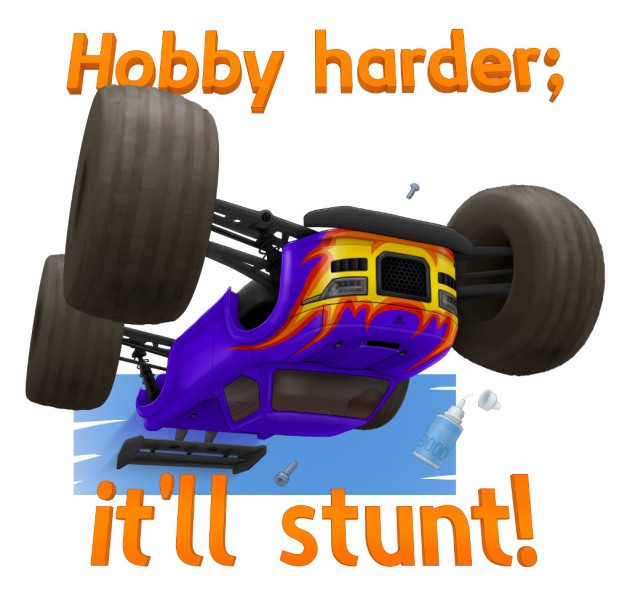Giraffe, Tortoise? Girtoise!
2017-10-27

Two Girtoises about to feast on cloud-rooted Bananeries on the plains of the seastern continent. These animals are also known as Toraffes or by their scientific name: Giradinoides. In German, they have the even better name Schiraffen. The Bananeries contain valuable vitamins and minerals which help the animals in maintaining smooth fur and strong shells.
Detail at full resolution:

Available printed on apparel, as poster and a few other forms.
Technical notes
This is a completely tablet-drawn work. With my trusty serial Wacom Intuos, still working as I keep compiling the module after every kernel update. Originally, I wanted to use Krita for the nice paintbrush engine and the canvas rotation. I found the later to be critical in achieving the smoothest curves, which is a lot easier in a horizontal direction. With what ended up being a 10000 x 10200 resolution and only 4 GiB RAM, I ran into performance problems. Where Krita failed, GIMP still worked, though I had to switch to the development version to have canvas rotation. At the end, GIMP’s PNG export failed due to it not being able to fork a process with no memory left! Flattening the few layers to save memory led to GIMP being killed. Luckily, there’s the package xcftools with xcf2png, so I could get my final PNGs via command line!













